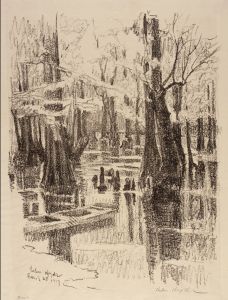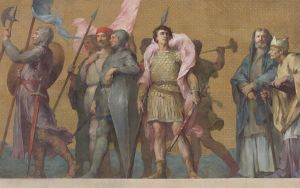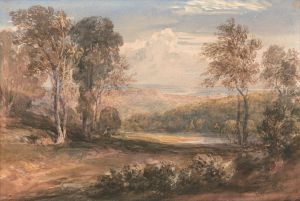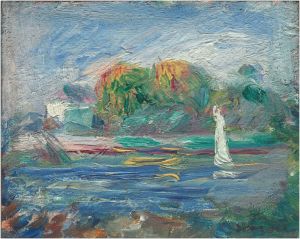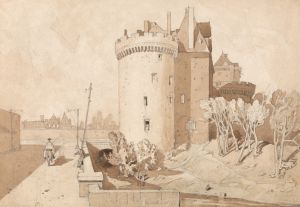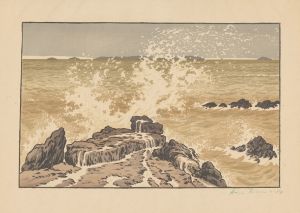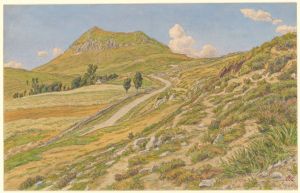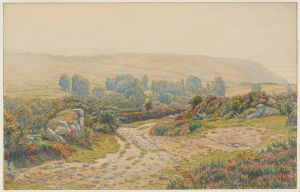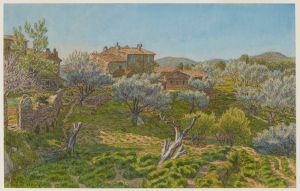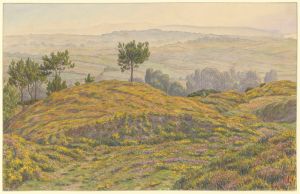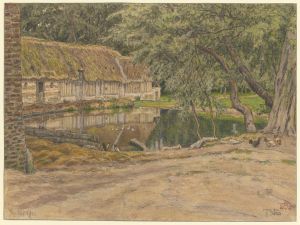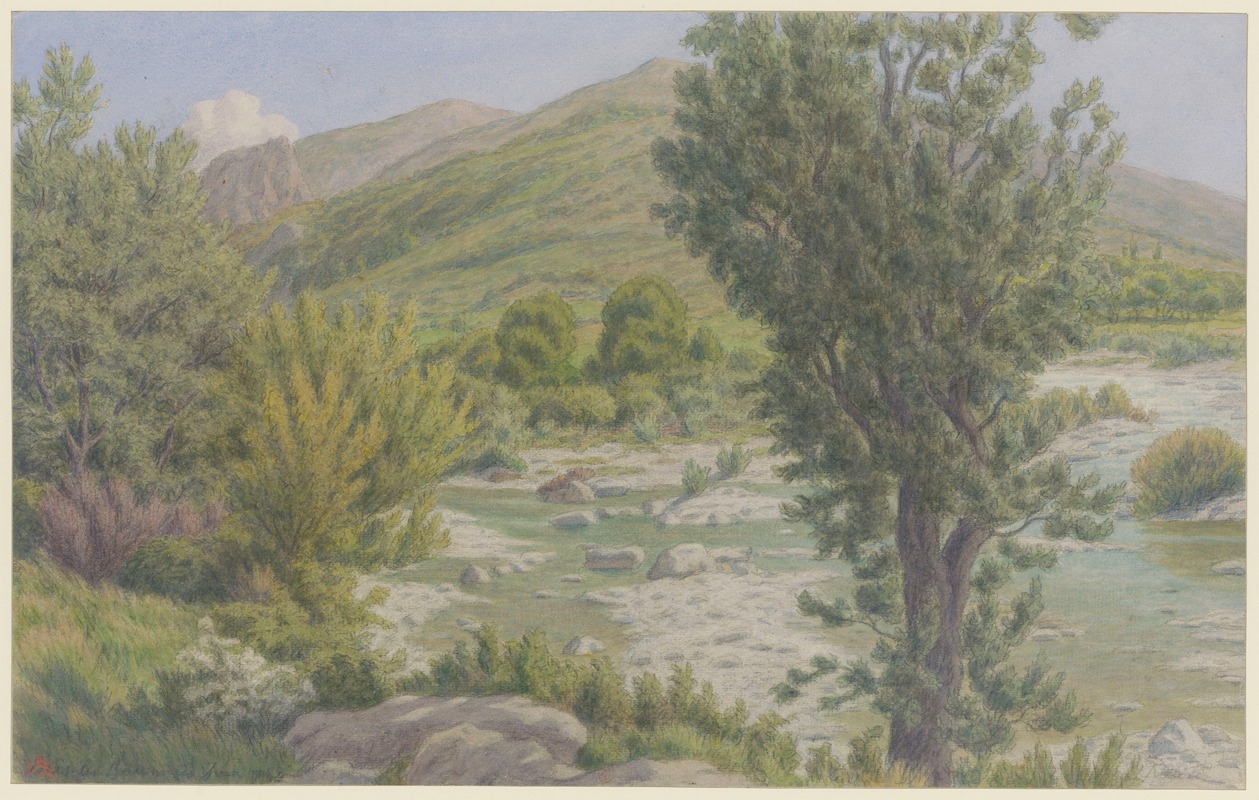
Buis-les-Baronnies, confluent de l’Ouzève et du Menon
A hand-painted replica of Henri Rivière’s masterpiece Buis-les-Baronnies, confluent de l’Ouzève et du Menon, meticulously crafted by professional artists to capture the true essence of the original. Each piece is created with museum-quality canvas and rare mineral pigments, carefully painted by experienced artists with delicate brushstrokes and rich, layered colors to perfectly recreate the texture of the original artwork. Unlike machine-printed reproductions, this hand-painted version brings the painting to life, infused with the artist’s emotions and skill in every stroke. Whether for personal collection or home decoration, it instantly elevates the artistic atmosphere of any space.
Henri Rivière (1864–1951) was a French artist known for his contributions to printmaking, particularly his innovative use of color and his incorporation of Japanese artistic influences, such as those found in ukiyo-e prints. Rivière is best remembered for his series of lithographs and woodcuts that captured the landscapes and daily life of France during the late 19th and early 20th centuries.
"Buis-les-Baronnies, confluent de l’Ouzève et du Menon" is one of Rivière's works, depicting the town of Buis-les-Baronnies in the Drôme department of southeastern France. The painting focuses on the confluence of two rivers, the Ouzève and the Menon, which meet near the town. This region is known for its picturesque landscapes, including rolling hills, olive groves, and the dramatic backdrop of the Baronnies mountains. Rivière's work often celebrated the natural beauty of rural France, and this piece is no exception.
Rivière's artistic style was heavily influenced by Japanese woodblock prints, which he admired for their simplicity, bold use of color, and emphasis on natural forms. In "Buis-les-Baronnies, confluent de l’Ouzève et du Menon," these influences are evident in the composition and the way he captures the interplay of light and shadow. The work reflects his ability to distill complex landscapes into harmonious and balanced scenes.
The exact date of this work is not widely documented, but it is consistent with Rivière's broader body of work, which often focused on French landscapes and was produced during the late 19th and early 20th centuries. Rivière was also a member of the artistic circle surrounding the Chat Noir cabaret in Paris, where he experimented with shadow theater and other forms of visual storytelling. His later works, including this piece, demonstrate his mature style and his dedication to capturing the essence of the French countryside.
"Buis-les-Baronnies, confluent de l’Ouzève et du Menon" is a testament to Rivière's skill as a landscape artist and his ability to evoke a sense of place. While the painting itself may not be as widely recognized as some of his other works, it remains an example of his mastery of composition and his deep appreciation for the natural world.






